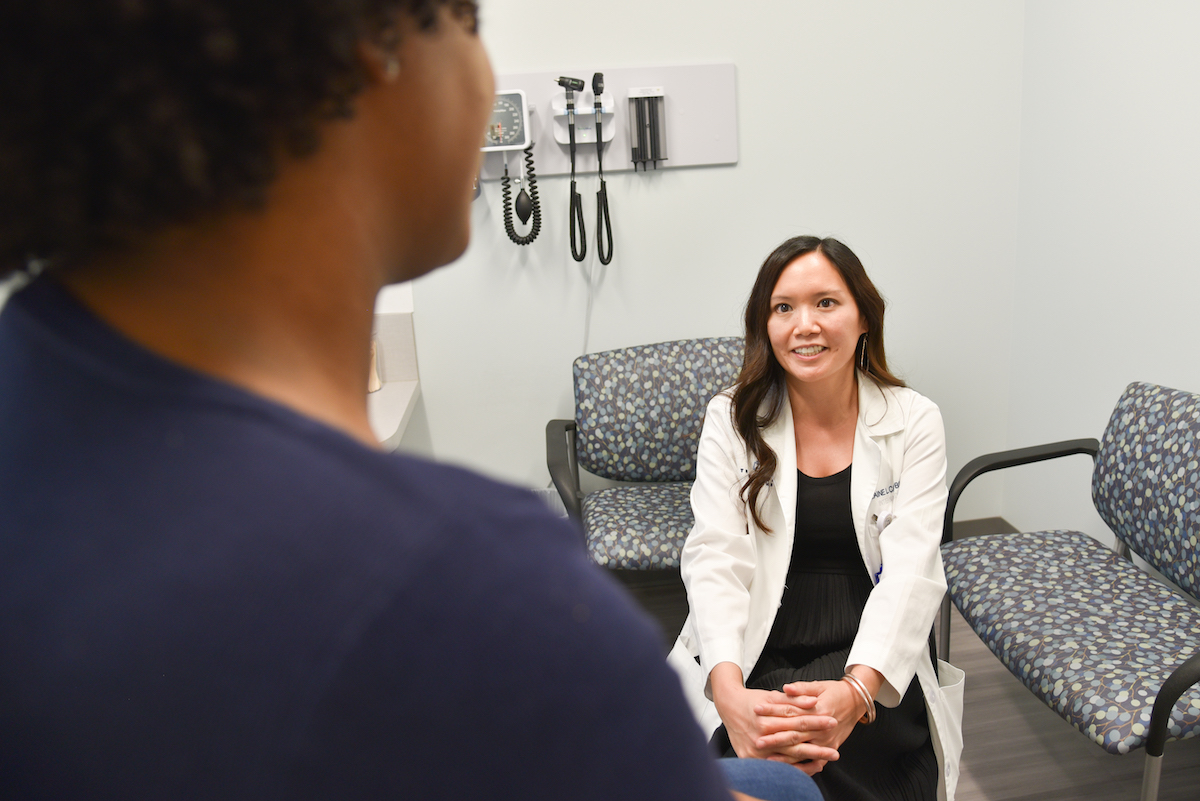 If you’ve ever wondered what primary care clinicians do, or how to find the right primary care clinician for you, you’re in good company. Although primary care clinicians are a critical part of our regular medical care, it can be difficult to know the basics of who they are, what they do, and how to find one.
If you’ve ever wondered what primary care clinicians do, or how to find the right primary care clinician for you, you’re in good company. Although primary care clinicians are a critical part of our regular medical care, it can be difficult to know the basics of who they are, what they do, and how to find one.
At Tryon Medical Partners, Ketan B. Amin, MD, is an internal medicine specialist at the Waverly location. With over two decades of experience as an internal medicine clinician in the Charlotte area, he provides invaluable insights into the power of primary care. He’s here to answer some frequently-asked questions about primary care, including what a primary care clinician does, when to see them, and how to find one.
Who needs a primary care clinician?
Dr. Amin says the short answer to this question is: everyone! Your primary care clinician is like the quarterback of your healthcare team – they partner with you on necessary steps to keep you as healthy as possible, including directing you to specialists when and if it’s needed. Primary care clinicians guide your overall healthcare and often care for multiple generations of your family. Because primary care clinicians are largely focused on preventing any negative health outcomes, it is critical to see them regularly and have a healthy, trusting relationship with yours.
“When you see your primary care clinician, make sure you can communicate with them, be open, and feel comfortable sharing with them,” Dr. Amin encourages. “Your comfort and trust in them is most important.”
What is a primary care clinician?
Dr. Amin explains a primary care clinician as simply the doctor you would see first for most common conditions and to manage ongoing medical issues. For instance, you might see them for everything from a cold to an annual physical to diabetes management. Among primary care clinicians, there are different subtypes:
- Internal medicine: These clinicians are “doctors for adults” that can be inpatient or outpatient (in a hospital or office setting). Years of training in the branches of internal medicine such as cardiology, endocrinology, and gastroenterology makes internists well-suited to manage a large array of adult medical conditions.
- Pediatrics: These clinicians are “doctors for children” that focus on treating conditions in children and adolescents. Typically, a patient will transition to seeing an internal medicine or family medicine clinician around age 18.
- Family medicine: These clinicians see both adults and children! They have training in adult and pediatric medicine.
If you’ve heard of a Doctor of Osteopathic Medicine, they are also a subtype of internal medicine providers.
When should I see a primary care clinician?
As a rule of thumb, Dr. Amin recommends always starting with your primary care clinician if you’re experiencing something abnormal or feeling sick. If it’s something they are able to assist with, they’ll begin a treatment plan with you. If you need attention from a specialist, they’ll help direct you to specialist care.
“Primary care clinicians operate as the first line of medical care,” Dr. Amin explains. “A majority of the time, most conditions can be addressed with your primary care clinician before you need to go elsewhere.”
If you’re feeling off but you’re not sure whether or not to go in to see your primary care clinician, you can always send them a message on the portal. Depending on what they think, they may be able to provide guidance to address the concern at home or will ask you to come in.
“I use portal messages routinely to communicate quickly and easily with patients to see what is going on,” Dr. Amin emphasizes. “Of course I can’t always diagnose or treat through the portal but it can save patients time and energy to get some immediate guidance rather than having to come in every time.”
How do I find a primary care clinician?
In Dr. Amin’s experience, the majority of his patients find their primary care through word of mouth. Many come as they transition from pediatrics to adult care. He recommends asking friends and family who they see, trust, and connect with. It’s also possible to check your insurance website to see who is in-network and which clinicians your insurance company prefers.
Find your family medicine or internal medicine clinician today.

